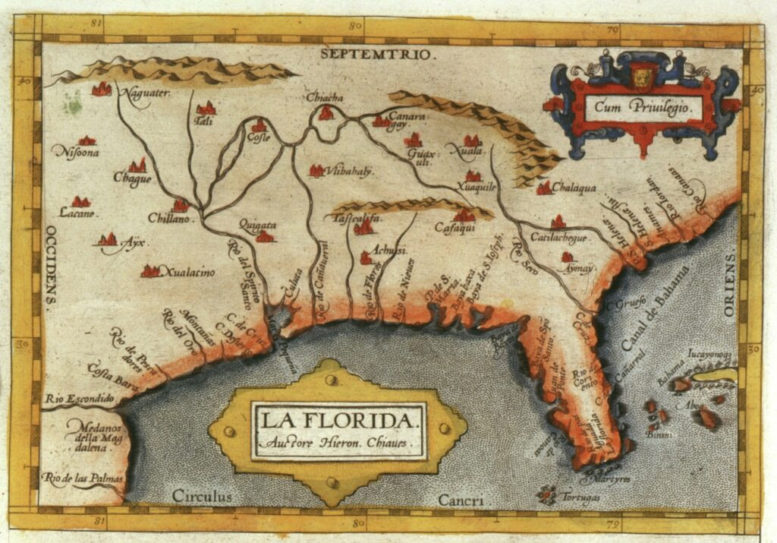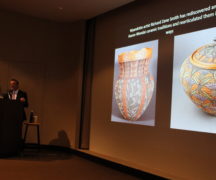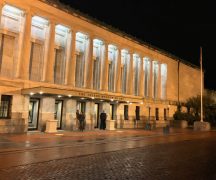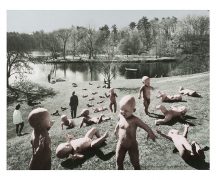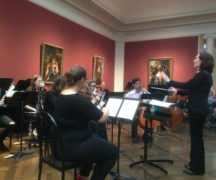From TOLEDO MUSEUM OF ART
Christopher Rodning, an anthropology professor at Tulane University, will speak about “Indigenous Peoples and Spanish Colonists in Western North Carolina, 1540-1568” Friday, April 21 at 6:390 p.m. in the Little Theater t the Toledo Museum of Art.
The talk is part of the lecture series sponsored by Toledo Society chapter of the Archaeological Institute of America.
Indigenous peoples of the southeastern US interacted with members of several Spanish colonial expeditions throughout the sixteenth century AD. Written accounts are important chronicles of these episodes of colonial encounters, but so also are archaeological sites that represent historically known Native American towns as well as Spanish towns and forts.
This talk summarizes current archaeological investigations of sixteenth-century sites in the Native American South, within the colonial province known to Spaniards as La Florida, and it focuses principally on the archaeology of the Native American town of Joara, the Spanish colonial outpost of Cuenca and Fort San Juan, and the nature of interactions between Indigenous people and this Spanish settlement in western North Carolina.
Fort San Juan and Cuenca date from 1566 through 1568, and archaeological investigations at the Berry site, located in the upper Catawba River Valley and at the eastern edge of the Blue Ridge Mountains, have identified the archaeological footprint of the fort and houses built by the people of Joara for the soldiers who were garrisoned at Fort San Juan and who lived in the town of Cuenca.
Recent investigations at the Berry site have also unearthed clues about Native American cultural activity before, during, and after the period of Spanish occupation. These finds shed light on the nature of interactions between Indigenous people and Spanish colonists, and they shed light on the Indigenous landscape that shaped the course of colonial history in the Native American South.

